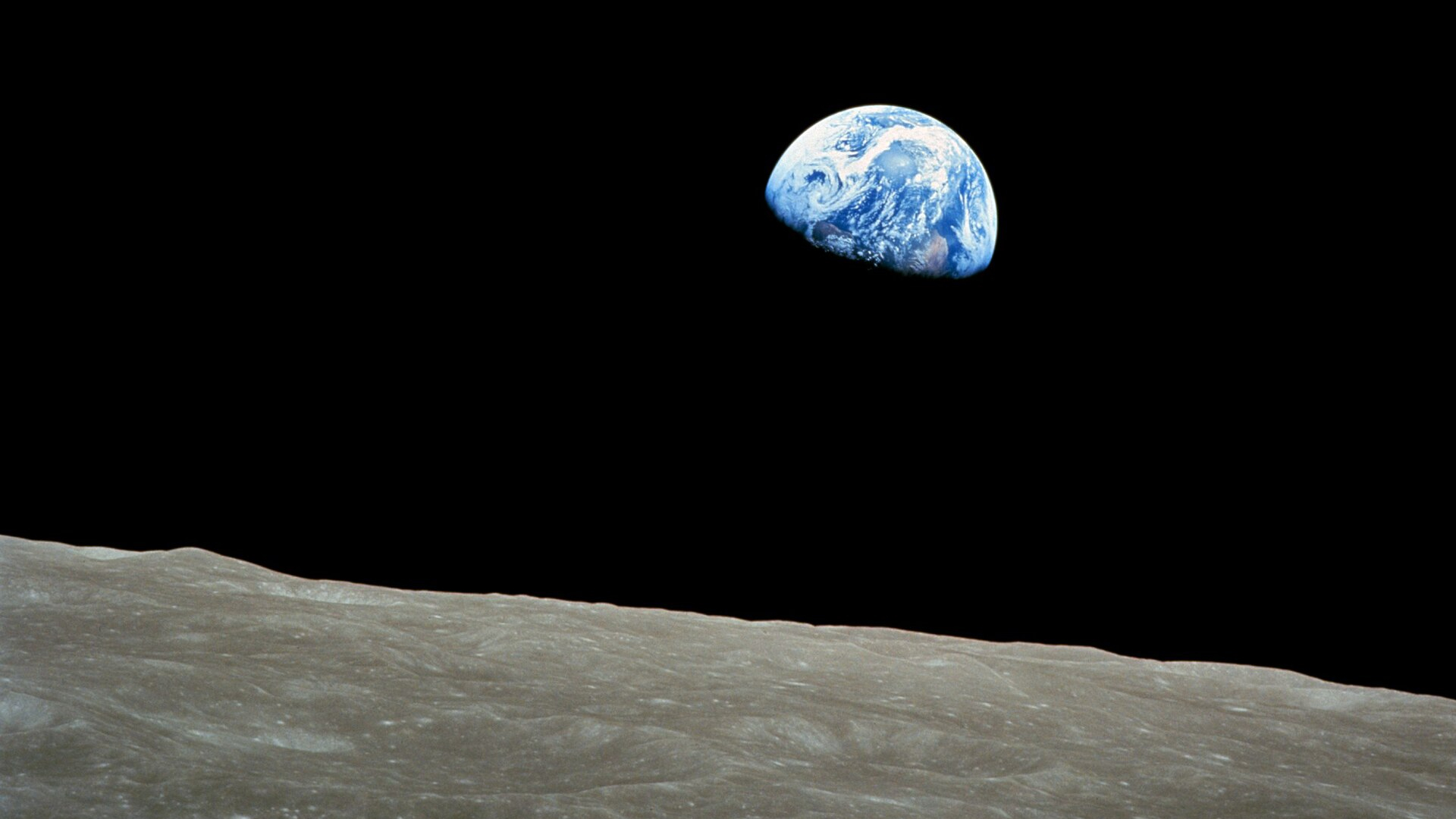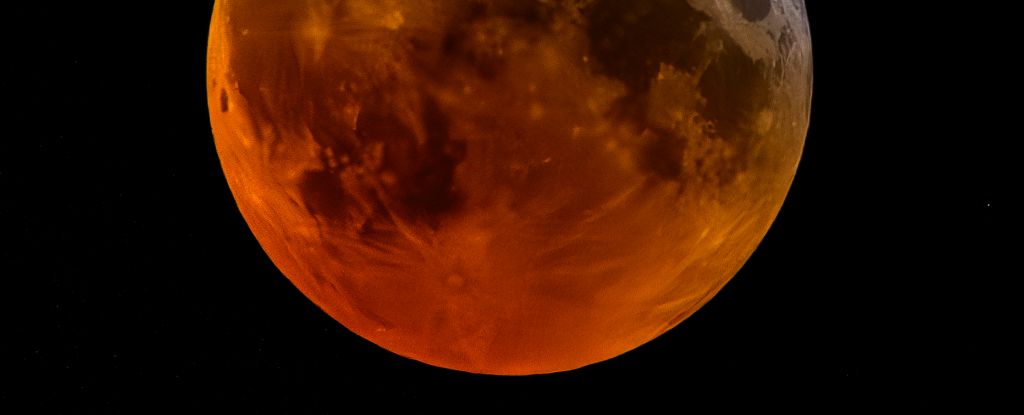Topline
The full sturgeon moon — the second full of summer in the Northern Hemisphere — will turn full on Saturday, Aug. 9. It will be best seen during dusk that evening, but also be a spectacular sight the previous evening on Friday, Aug. 8. It takes its name from the sturgeon fish found in the Great Lakes in North America during summer. One consequence of the timing of this full moon is the ruining of the annual Perseids meteor shower, whose peak on Aug. 12-13 will be marred by bright moonlight.
A full moon, known as a Sturgeon moon, rises over South Shields Lighthouse in the North East Of England. (Photo by Owen Humphreys/PA Images via Getty Images)
PA Images via Getty Images
Key Facts
The sturgeon moon will turn full at 3:56 a.m. EDT on Saturday, Aug. 9. It will look full the night before, and the night after, it’s officially 100%-lit by the sun. The best time to watch it rise in North America will be at moonrise during dusk on Friday, Aug. 8, though the west coast will get a second chance on Saturday, Aug. 9.
According to EarthSky, August’s full moon is known as the sturgeon, green corn and grain moon. Cultural and seasonal names for the full moon vary hugely across the world.
A full moon always looks at its best when it first appears above the eastern horizon during dusk. The sight is at its best when the moon rises shortly after sunset, which it does this month in North America, with the sturgeon moon rising about the same time as the sun goes down. From the west coast, it rises shortly after sunset the following evening.
To see the full sturgeon moon at its best, find an elevated location, an open field or an east-facing coastline with a clear view of the eastern horizon. The naked eye is fine, but binoculars or a small telescope will offer a closer look.
Best Time To See The Full ‘sturgeon Moon’ Rise
To find the best time to see it appear from where you are, consult a moonrise calculator. Here are some sample times :
- New York: sunset at 8:04 p.m. EDT, moonrise at 8:03 p.m. EDT on Friday, Aug. 8 and sunset at 8:03 p.m. EDT, moonrise at 8:32 p.m. EDT on Saturday, Aug. 9.
- Los Angeles: sunset at 7:48 p.m. PDT, moonrise at 7:48 p.m. PDT on Friday, Aug. 8 and sunset at 7:47 p.m. PDT, moonrise at 8:21 p.m. PDT on Saturday, Aug. 9.
- London: sunset at 8:37 p.m. BST, moonrise at 8:40 p.m. BST on Friday, Aug. 8 and sunset at 8:36 p.m. BST, moonrise at 8:58 p.m. BST on Saturday, Aug. 9.
Next Month’s Total Lunar Eclipse
Next month’s full moon — September’s corn moon — will be a total lunar eclipse on Sunday, Sept. 8. Visible from parts of Asia, Australia and the Pacific, the event will see the moon move through Earth’s shadow in space in stages. The penumbral and partial phases (as the full moon moves through Earth’s fuzzy outer shadow, the penumbra, and into its dark umbra) will precede totality when the lunar surface turns dark and red. Totality will last for 82 minutes and will be followed by partial and penumbral phases as the moon exits Earth’s shadow. The entire event will last five hours and 27 minutes. No part of the eclipse will be seen from North or South America. It will be the third and final full summer moon in the Northern Hemisphere and winter in the Southern Hemisphere.
ONTARIO, CANADA – MARCH 14: A blood moon lights up the sky during the total lunar eclipse on March 14, 2025 in Ontario, Canada. (Photo by Chen Shaojin/VCG via Getty Images)
VCG via Getty Images
Next Year’s Total Solar Eclipse
The next total solar eclipse on Earth will occur just over a year after this month’s full sturgeon moon. On Aug. 12, 2026, a path of totality will travel through eastern Greenland, western Iceland and northern Spain, where a dramatic totality of about two minutes will be experienced. The next total solar eclipse in the contiguous U.S. will occur on Aug. 22, 2044.
Further Reading
Source link


